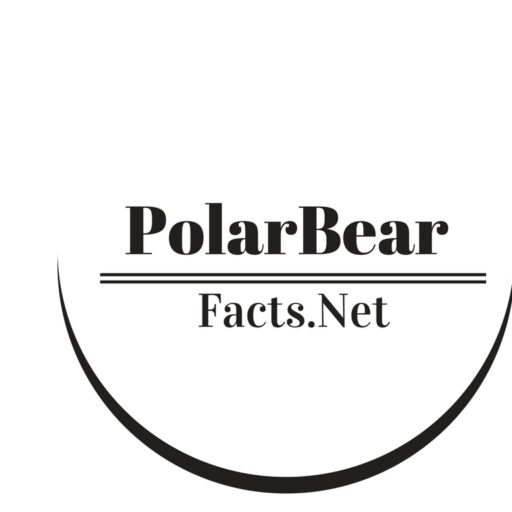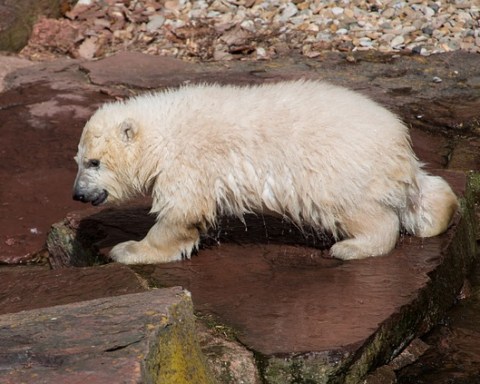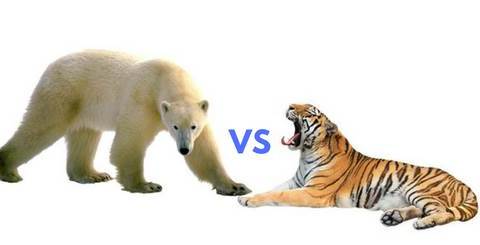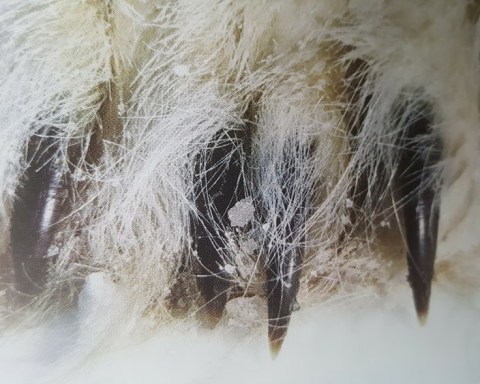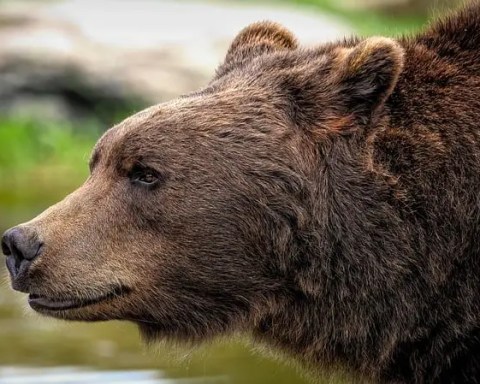In this article we’ll be studying how long do polar bear cubs stay with their mom and when do they leave her. Female polar bear is an extremely dedicated mother in that she prefers to have cubs around her for as long as 2 to 3 years after birth. That’s a pretty long period isn’t it? During the long nursing period, the mother teaches her cubs just about everything including hunting and swimming. Let’s see when do baby polar bears leave their mother.
When Do Polar Bear Cubs Leave their Mother?
The typical weaning period of polar bear cubs is about 2.5 years but it also varies. Sometimes the cubs leave their mother around 2 years while at others they wean later than 2.5 years. But normally cubs will stay with their mother for no more than 2.5 years.
Sometimes it so happens that a female polar bear doesn’t find her mating partner when the time is due. In that case, the cub likely stays with its mother until the mother actually abandons it herself. Researchers have yet to understand fully the phenomenon of weaning yearlings in polar bears. It’s pretty challenging for a mother to wean her present cubs for she must prepare herself for another litter by storing enough fats.
How Does the Mother Decide to Leave her Cubs?
It depends on numerous factors such as;
- The size of offspring;
- Availability of food;
- Maternal condition, and
- Willingness of a mating partner.
The mother bear assesses all the above factors to decide for the ideal weaning time. When the mother is in estrous, the adult male likely chases the young and attempts to drive it away from her mother. The young polar bear soon learns that it’s time to live an independent life on its own as it is no longer wanted.
Read More: How Do Polar Bears Reproduce?
- While it may seem odd in the first place the family break-up is quite natural in polar bears. Cubs play, fight, and eat under the watchful eye of their mother until they come of age by which they’ll gain independence.
- When they attain 2 years of age, they’ll walk away. Now they can hunt on their own and they owe much to the efforts of their mother. Perhaps this is a significant part of the weaning process.
- The strong bond between the mother and her cubs weakens as the latter grow older. If a mother intends to leave her young she just walks away from her offspring straightaway.
- Young bear can follow the mother and track down her but soon they realize that they must start hunting instead of searching for their mother. However, sometimes the young just doesn’t listen to their mother’s warning and they prefer to stay.
- As it turns out, the mother briskly chases the young to tell him that it must walk away. Mother and young often travels for months before they fall apart.
Back in 80s, the polar bear population in the Hudson Bay used to leave their mother as early as 1.5 years. Studies claimed that around 55% of all cubs became independent of their mother before reaching 2 years age. That is however an exception rather than the rule. Scientists have not been to understand as to why polar bear cubs leave their mother so early.
- The early weaning might be due to the condition of their mothers as well as the sex of young bears.
- There can be another possibility which is that seals could be widespread in the early 80s—helping the young bears to grow quickly.
- On the Hudson Bay three different polar bear populations may have mixed. Adult males might have possibly taken the females away from their young too early.
- Or females may have faced food scarcity in autumn and they stopped nursing before coming to estrous again in the following year.
- Females may choose to have more litters in their lifetime and so they abandon their current offspring.
Grizzly mothers usually nurse their cubs for one extra year if they feel like their yearlings are not old enough to live on their own. They do so in order to increase the likelihood of their survival. Polar bear mothers do not treat their cubs like grizzlies yet they (yearlings) manage to survive just fine. While they cannot become expert hunters they do nevertheless become scavengers to make a living. Currently, weaning before 2 years of age is probably not common. Furthermore, the sea ice in the Hudson Bay is disappearing relatively earlier forcing polar bear mothers to wean their cubs for until they reach 2.5 years of age.
